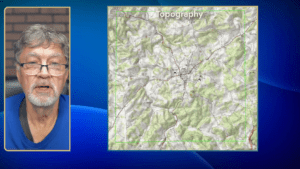EOS for Water Utilities: Turning Small Systems into Data-Driven, High-Performing Organizations
In the original video, you are introduced to how the Entrepreneurial Operating System (EOS) can modernize small water infrastructure operations. This guide translates that conversation into a step-by-step implementation…







